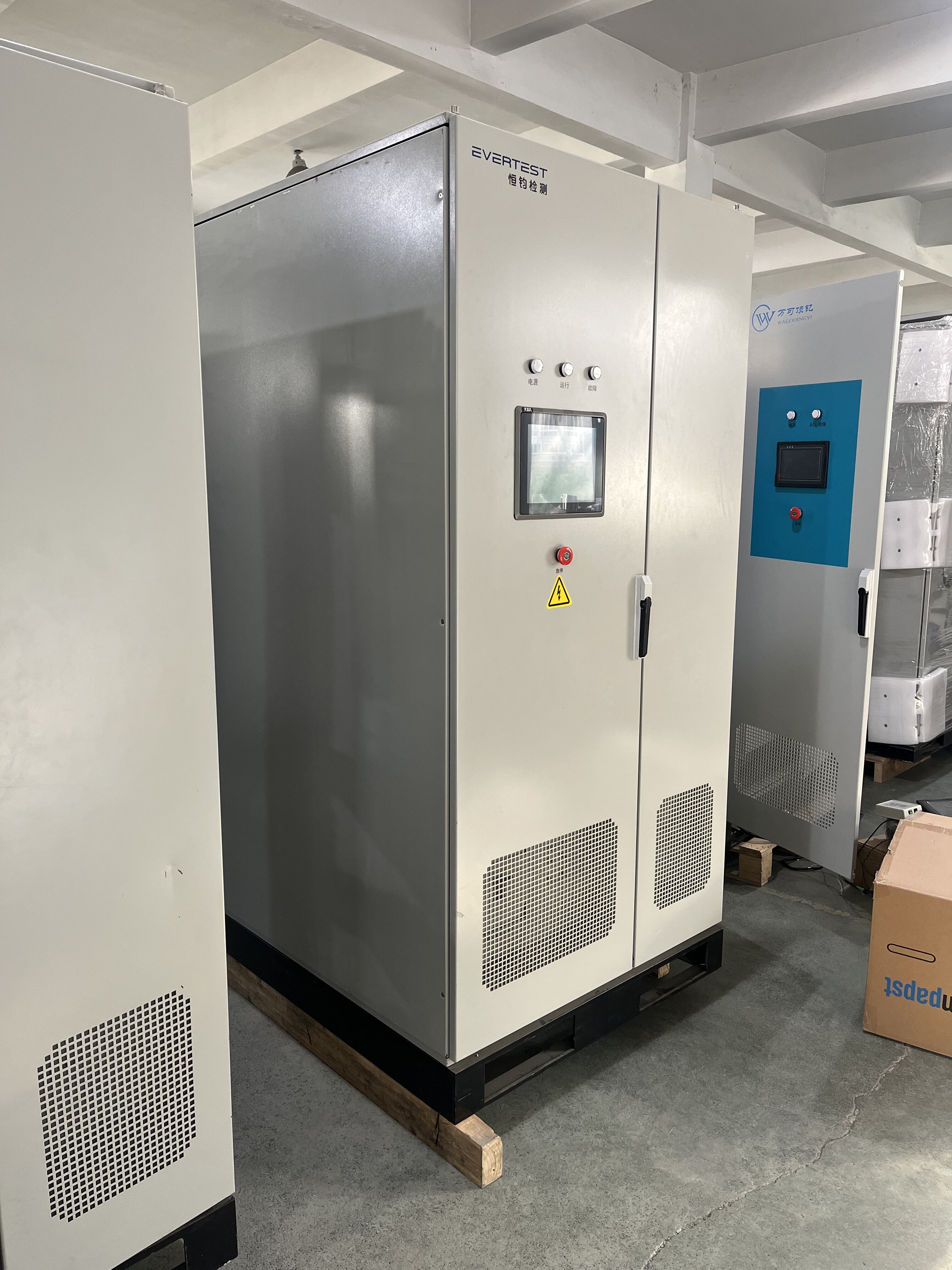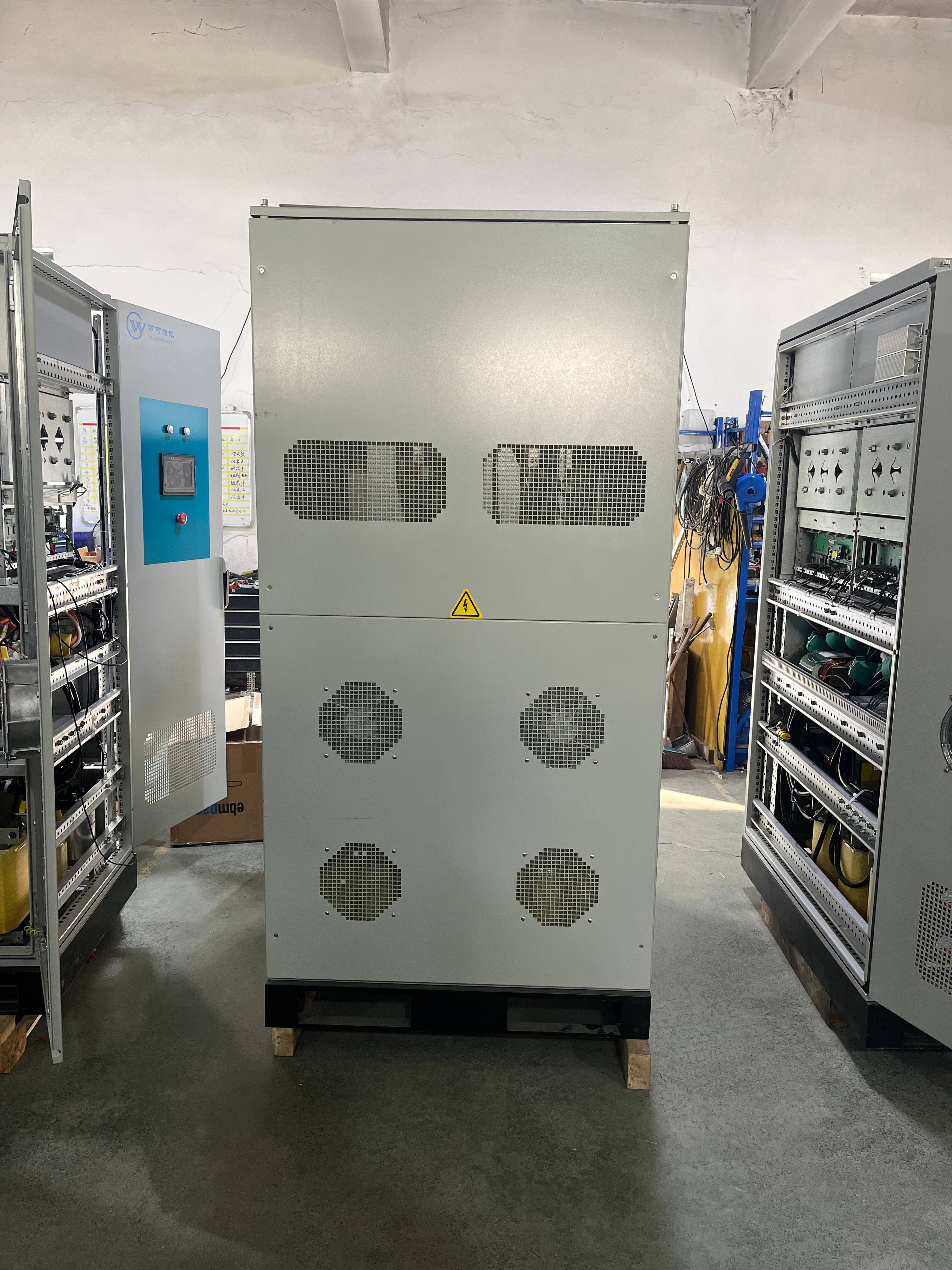Essential Care Guidelines for Optimal Power Supply Performance
Managing and maintaining a bidirectional DC power supply requires dedicated attention to ensure its longevity and reliable operation. These sophisticated power instruments serve as critical components in various applications, from electric vehicle testing to renewable energy systems. Understanding proper maintenance procedures not only extends the equipment's lifespan but also guarantees consistent performance when you need it most.
Modern bidirectional DC power supply units represent significant investments in your testing or power management infrastructure. Their ability to both source and sink power makes them invaluable tools, but this dual functionality also means they require specialized care and attention. Let's explore the essential maintenance practices that will keep your power supply operating at peak efficiency.
Environmental Conditions and Installation Considerations
Temperature Management and Ventilation Requirements
The operating environment plays a crucial role in the performance and longevity of your bidirectional DC power supply. Maintaining optimal temperature ranges is essential, as excessive heat can degrade internal components and reduce efficiency. Ensure your facility maintains a stable ambient temperature between 20-25°C (68-77°F) for optimal operation.
Proper ventilation is equally critical. Install your bidirectional DC power supply in a well-ventilated area with at least 6 inches of clearance on all sides. Regular inspection and cleaning of ventilation ports and cooling fans prevent dust accumulation that could impede airflow and cause overheating.
Humidity Control and Environmental Protection
Humidity control is often overlooked but remains vital for protecting your power supply. Maintain relative humidity levels between 30-50% to prevent moisture-related issues. Consider using dehumidifiers in humid environments and implementing proper air conditioning systems to maintain stable conditions.
Environmental contaminants such as dust, debris, and chemical vapors can significantly impact performance. Installing your power supply in a clean room or using appropriate enclosures can provide additional protection against these environmental factors.
Regular Inspection and Cleaning Protocols
Visual Inspection Procedures
Implement a systematic visual inspection routine for your bidirectional DC power supply. Check for signs of physical damage, loose connections, or wear on cables and connectors. Pay special attention to power input terminals, output connections, and any visible internal components through ventilation openings.
Document all inspections and findings in a maintenance log. This documentation helps track patterns of wear or degradation and can be invaluable for predictive maintenance planning. Photographs of potential issues can help technical support teams provide better guidance when needed.
Cleaning Methods and Frequency
Regular cleaning is essential for maintaining optimal performance. Use compressed air to remove dust from external surfaces and ventilation openings, being careful not to force debris deeper into the unit. For more thorough cleaning, use appropriate electronic cleaning solutions and lint-free cloths.
Establish a cleaning schedule based on your operating environment. Facilities with higher dust levels may require weekly cleaning, while cleaner environments might maintain monthly schedules. Always follow manufacturer guidelines for approved cleaning methods and materials.

Calibration and Performance Testing
Calibration Schedule Management
Regular calibration ensures your bidirectional DC power supply maintains its specified accuracy and performance levels. Develop a calibration schedule based on manufacturer recommendations and your quality control requirements. Many facilities perform calibration annually, but critical applications may require more frequent verification.
Work with certified calibration services that specialize in bidirectional power supplies. Maintain detailed records of all calibration procedures, results, and any adjustments made. This documentation is essential for quality assurance and regulatory compliance.
Performance Verification Tests
Between calibrations, conduct regular performance verification tests to ensure your power supply operates within specifications. These tests should include voltage accuracy, current stability, and response time measurements. Monitor both source and sink modes to verify bidirectional functionality.
Create a standardized testing protocol that includes load testing, efficiency measurements, and thermal performance verification. Document all test results and track any performance trends that might indicate developing issues.
Preventive Maintenance Schedule
Component Lifecycle Management
Understanding the expected lifecycle of various components in your bidirectional DC power supply helps prevent unexpected failures. Monitor and replace aging components before they fail, particularly those subject to wear such as cooling fans, capacitors, and power semiconductors.
Maintain an inventory of critical spare parts based on manufacturer recommendations and your operating experience. This proactive approach minimizes downtime when replacements are needed and ensures continuous operation of your power supply system.
Scheduled Maintenance Intervals
Develop a comprehensive maintenance schedule that includes daily, weekly, monthly, and annual tasks. Regular maintenance activities should include checking cooling system performance, verifying protection functions, and testing emergency shutdown systems.
Coordinate maintenance activities with production schedules to minimize impact on operations. Consider implementing predictive maintenance techniques using data analysis to optimize maintenance intervals based on actual usage patterns and environmental conditions.
Frequently Asked Questions
How often should I calibrate my bidirectional DC power supply?
Most manufacturers recommend annual calibration for bidirectional DC power supplies. However, applications requiring high precision or operating in harsh environments may need more frequent calibration, possibly every six months. Always consult your equipment manual and quality control requirements to determine the optimal calibration interval.
What are the signs that my power supply needs immediate maintenance?
Watch for warning signs such as unusual noise from cooling fans, unexpected shutdown events, decreased performance or accuracy, error messages, or visible damage to connections. Any significant change in normal operating characteristics should prompt immediate inspection and maintenance.
Can I perform maintenance while the power supply is operating?
Most maintenance procedures require the bidirectional DC power supply to be completely powered down and safely discharged. Never attempt internal cleaning, component replacement, or connection adjustments while the unit is energized. Always follow proper lockout/tagout procedures before beginning any maintenance work.
What documentation should I maintain for my power supply maintenance?
Maintain detailed records including maintenance logs, calibration certificates, test results, repair history, and component replacement dates. This documentation is essential for tracking performance trends, planning preventive maintenance, and maintaining warranty coverage. Electronic record-keeping systems can help organize and analyze this information effectively.



